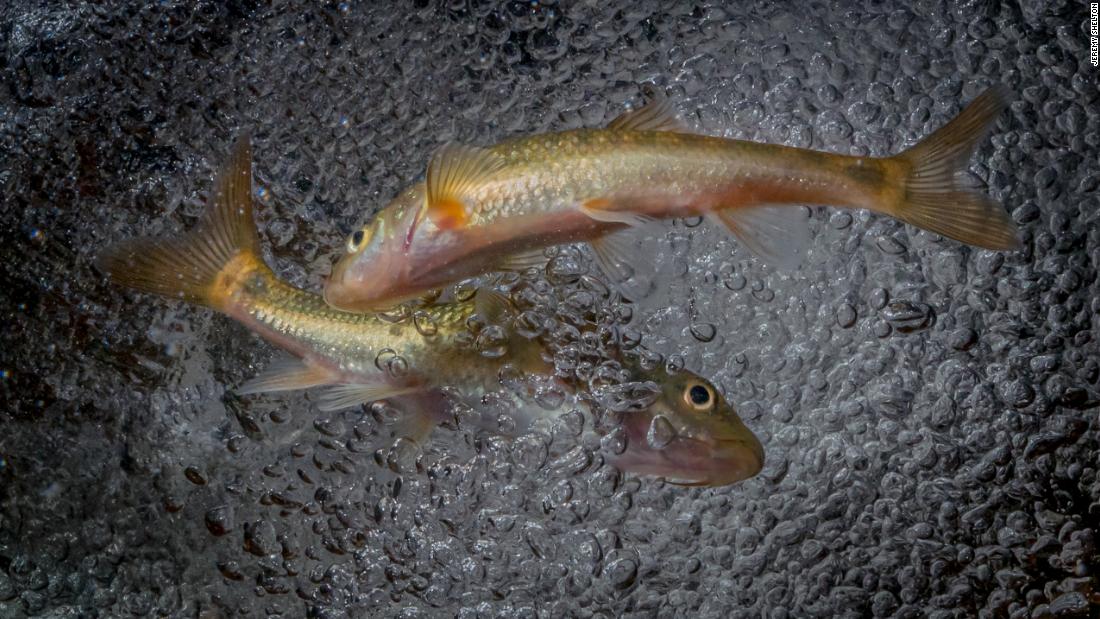This is having an impact on both nature and humans. Freshwater fish provide food for 200 million people and livelihoods for 60 million, the report says — and we depend on river ecosystems for water, sanitation and power.
“It’s all about inspiring people to become more aware of the natural world around them and once that connection is forged, to change the way they behave, the way they act, the way they connect with that life around them,” Shelton tells CNN.
South African rivers in peril
“I’m witness to this widespread deterioration of freshwater ecosystems all around me, and I’m really driven by the opportunity to be able to work on conserving some of these systems,” says Shelton.
He is involved in a number of freshwater conservation projects, such as the Cape Critical Rivers project, which is focused on preserving threatened species like the Clanwilliam sandfish and the Barrydale redfin, and outdoor learning projects that aim to connect young people with river ecosystems.
But Shelton believes that images have the power to reach beyond borders and communicate on a global scale the beauty of nature and the crisis in biodiversity.
“Through these images and through the science that goes with them, (I want) to open up people’s minds to the beauty and the fragility of life beneath the surface of our rivers and our wetlands,” he says.
“I’m hoping that through connecting with these previously unseen worlds, people will treat them a little bit more gently, and that people will be a little bit more thoughtful about the way we live our lives and about the way we interact with these natural ecosystems.”


